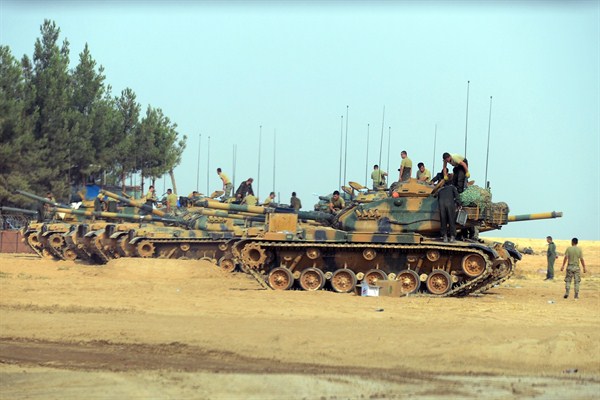Syria’s horrific crisis is now generating new insights into the fault lines and even falsehoods of international cooperation. Diplomatic efforts to find some minimal common ground to tamp down the war have repeatedly fallen short, as the external actors care more about preventing each other’s gains than saving Syria. It reminds us that old-fashioned, formal alliances have more meaning than ad hoc coalitions.
The Syrian conflict may be an outlier with its endlessly tragic dimensions. As The New York Times’ Max Fisher explained this week, Syria defies all the theories about civil wars, offering little hope for the conflict winding down once the parties are ready to settle, exhausted by what Prof. Bill Zartman has called the “mutually hurting stalemate.” This time, the external actors show the capacity to sustain the violence, by their endlessly self-interested tactical maneuvers. Various Syrian combatants are pawns in this multisided conflict, desperate for material and moral support but eventually losing any capacity to control events or their own destiny. The cost to Syrian civilians is not paramount in the outsiders’ calculations, nor is the physical destruction of the country.
Over the past week or so, several short-lived “alliances” among various external players have been illuminating. Iran allowed Russia to use its airbases to launch long-range bombers into Syria in a precedent-setting move for the Islamic Republic. In theory, both states are nominal “allies,” since they support the survival of Bashar al-Assad’s regime in Damascus against the full range of opposition forces. But Russia overplayed its hand by gloating, and Iran abruptly terminated the base access.

